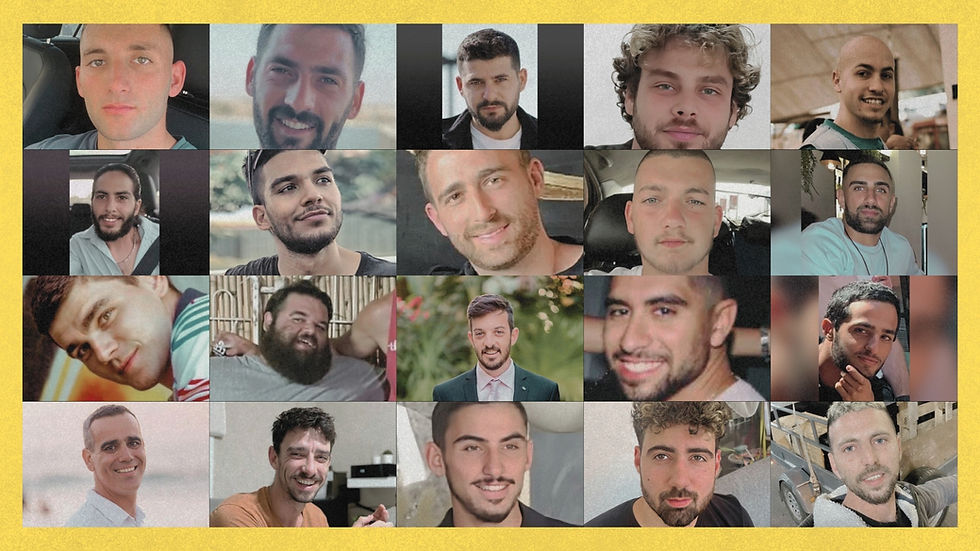Coronavirus still plaguing Israel — nearly 1,000 dead, some cities headed for lockdown
- Ron Cantor

- Sep 3, 2020
- 2 min read
With a possible nationwide shutdown looming for the Jewish fall holidays which begin on Sept. 18, Israel implemented a new plan to deal with the continuing spread of COVID-19 throughout the country that would classify cities according to the number of infections — and hopefully alleviate sectors of the economy.
However, the record breaking 3,000 new cases yesterday is not good news as Coronavirus czar Ronni Gamzu’s “traffic light” program is implemented. It will enable the country to place varying restrictions in certain areas and not on others, so as to mitigate the economic impact of a nationwide closure. “Red” cities would be subjected to the strictest limitations, followed by “orange,” “yellow” and “green” ones, which would enjoy the loosest restrictions.
Nevertheless — with Israel still scrambling to get the COVID-19 outbreak under control — the Ministry of Health favors a full nationwide shutdown for the Jewish holidays as was done during Passover and Shavuot earlier this year. The death toll stood at 963 on Wednesday.
So far 23 localities have been classified as “red” including Arab-majority and ultra-Orthodox areas. Gamzu was already considering locking down the ultra-Orthodox city of Bnei Brak, which has recorded over 10,000 infections since the start of the pandemic.
The government even voted late Monday night before school opened the next morning, to prevent thousands of students in red cities to go back to school on Sept. 1. The order affected thousands of students in 332 schools and 716 preschools and kindergartens. However, some schools in these red zones defied the closure order and opened anyway.
Most schools reopened on Sept. 1 according to new standards under the Ministry of Education’s “Safe Learning” plan. Kindergartens and grades 1 and 2 will have full class sizes, grades 3 and 4 will be divided into small groups and students in grades 5 through 12 will attend school on staggered days and do remote learning the remainder of the time.
Photo Credit GPO













Comments